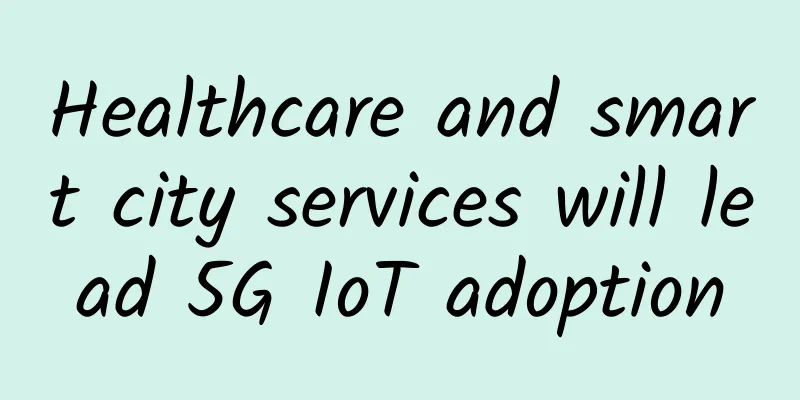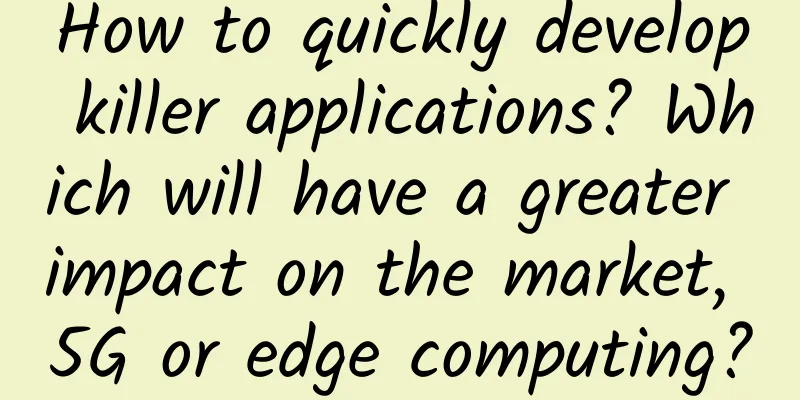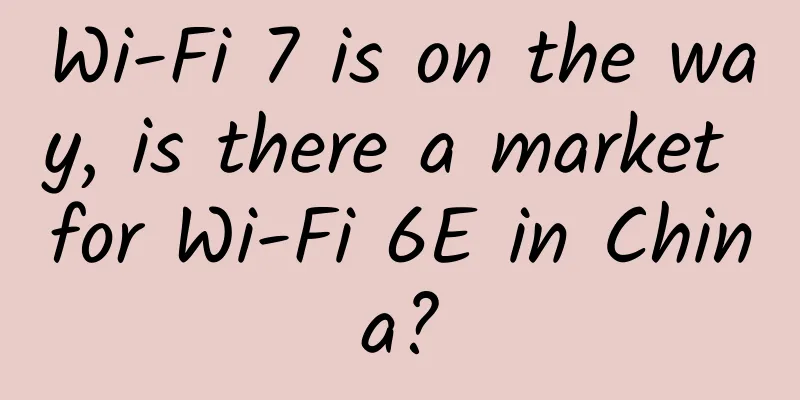Healthcare and smart city services will lead 5G IoT adoption

|
Juniper Research predicts that by 2026, there will be 116 million 5G IoT connections worldwide, up from just 17 million in 2023. The firm predicts that the healthcare sector and smart city services will drive this 1,100% growth over the next three years, accounting for more than 60% of 5G IoT devices by 2026. The ultra-low latency and high bandwidth of 5G IoT technology will be key factors driving this surge in new connections. The biggest opportunity of 5G IoTThe report predicts that 5G networks will experience significant growth in smart city services due to their cost-effectiveness in deployment and their ability to carry large amounts of data. By 2026, there will be more than 60 million 5G smart city connections worldwide, and the report urges city planners to take advantage of 5G connections as high-bandwidth gateways. It found that monitoring of transport networks, including road and rail networks, would be a key service requiring the high-bandwidth cellular connections that support 5G. DX in the healthcare industry drives 5G adoptionAs the global COVID-19 pandemic exposes inefficiencies in healthcare delivery, healthcare providers’ investments in 5G-based services will be driven by the need to modernize services. The report identifies services such as telemedicine, connected ambulance and emergency services, and real-time remote monitoring as key services that will be immediately improved through the integration of 5G services. Study co-author Olivia Williams commented: “5G will enable more efficient and dynamic healthcare services that are not feasible with 4G or Wi-Fi. However, healthcare providers must first implement 5G in areas where the return on investment is high, most notably connected emergency services.” 5G: Where the money isJuniper Research's paper "5G: Where is the Money?" argues that 5G is gradually becoming the network of choice due to its performance and reliability. However, for network operators and communications service providers (CSPs) to take advantage of this potential, innovative business models and flexible, automated infrastructure are needed to effectively monetize it. The demand for 5G services is key to future growth in 5G adoption as it enables monetization. For example, South Korea has already built a 5G network with speeds 3 to 5 times faster than 4G due to strong consumer demand. Demand for 5G services is expected to be very high in areas such as VR (virtual reality), AR (augmented reality) and ultra-high-definition video. |
<<: South Korea plans to launch 6G network services in 2028, two years ahead of schedule
>>: RedCap chip debuts as scheduled, accelerating the 5G IoT industry
Recommend
Linkerd 2.10 (Step by Step) — Customizing Linkerd Configuration with Kustomize
The Linkerd 2.10 Chinese manual is being continuo...
NTT and Cisco jointly provide hybrid office solutions to lay the foundation for the future of work
We are entering a new normal in the way we work. ...
Gcore: KVM for more than 30 computer rooms with monthly payment starting from 3.25 Euros, USA/Hong Kong/Korea/Japan/Australia/Brazil/Germany, etc.
It has been a long time since I shared informatio...
Artificial intelligence builds an iron wall of network security
Every moment, thousands of scientists around the ...
Development of Multi-core Fiber Connector Technology
Professor Ryo Nagase of Chiba Institute of Techno...
In the data era, Ruishu Information helps operators build a security line of defense for application data with five tips
On December 10, 2021, the "2021 (11th) Telec...
5G development: Don’t be afraid of the clouds blocking your view
Although some voices that are pessimistic about 5...
What technical support is needed to build a fixed network architecture based on SDN/NFV?
As of the end of October 2016, the number of Chin...
CloudCone: $17.77/year KVM-512MB/100GB/3TB/Los Angeles MC Data Center
CloudCone's large hard disk VPS host is back ...
Short Video Technology Guide: Evaluation of the Top 5 Short Video Solution Providers in China
Statistics from 2016 show that the average daily ...
5G network equipment security assessment escort "new infrastructure"
Unlike 4G mobile communication technology, which ...
GDPR brings opportunities to improve overall security and optimize business processes
Privacy has been a major concern for businesses l...
IKIHOST: $4/month-4GB/40G NVMe/1Gbps unlimited traffic/Los Angeles data center
The tribe shared information about IKIHOST last y...
With the support of celebrities, how fast can 5G run?
With the freezing of 5G 1.0 version, the first co...
How to jointly build and share 5G networks?
[[379482]] This article is reprinted from the WeC...







![[Double Holiday] edgeNAT: VPS monthly payment 30% off, annual payment 40% off, US/Hong Kong/Korea CN2 VPS monthly payment starts from 42 yuan](/upload/images/67cabc93e4f35.webp)

